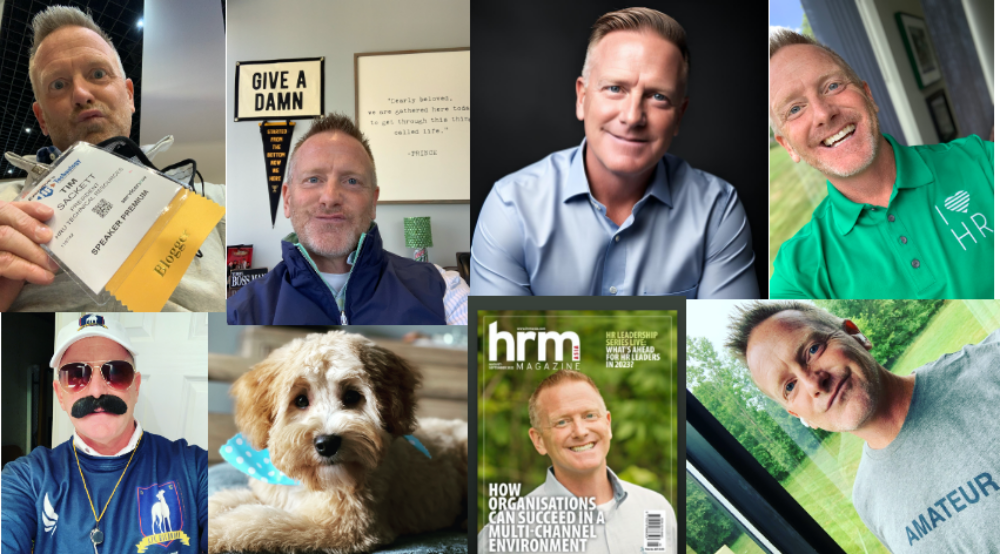This week on T3 I’m reviewing Clinch. Clinch is a recruitment marketing software that will help organizations attract, identify, and convert active and passive candidates, and oh so much more! It does a ton, so much, I will struggle to actually tell you all Clinch can really do, you’ll have to demo to see everything.
So, I’ll start off with an example we all have in TA.
Most passive candidates won’t spend time applying to your jobs. They’ll stop by the careers site, check you out, lurk on some content, watch some videos, etc. But, probably will never apply the first time they look you up. This is a problem for all of us, because we really would love to know who these people are. Clinch solves this for you, and it’s really cool!
Clinch lets you know how candidates are engaging with you, when you don’t even know them yet. The technology tracks people who come to your site, without them knowing (by the way, most sites do this to you now, you just don’t know it). The tech doesn’t actually know much about you at this point. When that candidate comes back, and maybe inputs their email address to get download a whitepaper, or something, now the tech puts all these dots together, and begins to share all the data back to you.
How awesome would it be to know that some engineer, who just downloaded a cool piece of your content, also was the same engineer who had already stopped by two other times and the tech shows you exactly what they looked at and for how long. Also, the tech sends your recruiter a quick message to your recruiter saying “hey! he’s on the site right now checking out a job, but isn’t applying!” So, your recruiter can send them a quick message!
That’s cool, right?!
Clinch also makes it super easy for your team to quickly set up landing pages for jobs, with unique content, etc. Basically, enhancing the ATS experience for your candidates. As well as automating candidate messaging so your candidates, or potential candidates, are getting messages to them that make sense to the context in which they are engaging with your brand, not just generic emails sent to the masses. Talk about raising your candidate experience game!
5 Things I really like about Clinch:
1. Clinch lets you show candidates something new every time they stop by to see you. Your normal careers page has a lifespan of about two years, and candidates just see the same thing over and over. Clinch makes it unique for them and every position that candidate looks at.
2. Automatic scheduling for all of your companies employment branding social feeds of when to promote certain content, jobs, etc., how often and which platform.
3. Clinch grabs candidates before they even hit the ATS, which is great because most drop off before they get too deep into your process. Gives you searchable lists of these candidates, and allows you to still engage with these potential candidates. Think about how you could easily use this in campus recruiting. Just input a student’s email address, or have them do it on tablet at your booth, and BAM, Clinch allows you to market to them and track them, especially as they begin to engage with your brand, career site, etc.
4. Clinch gives you a way to go after your competitors employees, by letting you know when an employee from a competitor is visiting your site, and will even show that competitors employee a specially designed landing page built to speak right to that individually!
5. On the Clinch roadmap is a tool that so many of us in TA will want. The ability to begin tracking the behavior of how our hiring managers engage with the candidates we sent them! You will have to check this out, it’s really cool. Dare to say, this is something every TA leader will be talking about next year!
There are a number of really great recruitment marketing tools in the space right now, and Clinch is showing it wants to be a market leader. Well worth a demo. Be prepared, it’s a lot. I can see some TA Leaders getting overwhelmed about how they will use all of this. Clinch is designed for larger companies (mid-market to enterprise, 100-1000 hires per year) that probably have recruitment marketing as a position or function, or are seriously considering adding this function. I will say, regardless of your size, it’s very affordable for what you get.
T3 – Talent Tech Tuesday – is a weekly series here at The Project to educate and inform everyone who stops by on a daily/weekly basis on some great recruiting and sourcing technologies that are on the market. None of the companies who I highlight are paying me for this promotion. There are so many really cool things going on in the tech space and I wanted to educate myself and share what I find. If you want to be on T3 – send me a note.
